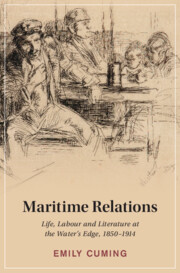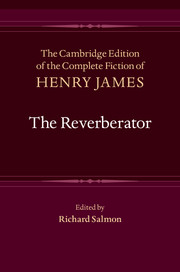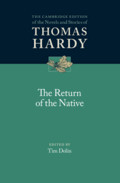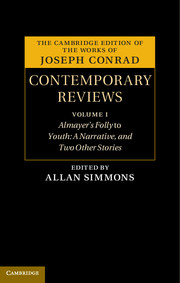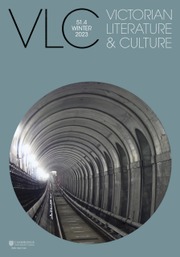Maritime Relations
Detailing the lives of ordinary sailors, their families and the role of the sea in Britain's long nineteenth century, Maritime Relations presents a powerful literary history from below. It draws on archival memoirs and logbooks, children's fiction and social surveys, as well as the work of canonical writers such as Gaskell, Dickens, Conrad and Joyce. Maritime Relations highlights the workings of gender, the family, and emotions, with particular attention to the lives of women and girls. The result is an innovative reading of neglected kinship relations that spanned cities and oceans in the Victorian period and beyond. Working at the intersection of literary criticism, the blue humanities and life writing studies, Emily Cuming creatively redefines the relations between life, labour and literature at the waterly edge of the nineteenth century.
- Introduces the large and dispersed tradition of British working-class autobiography, using an innovative range of sources – including many relating to and written by girls and women – to reframe understandings of maritime and family life in nineteenth-century Britain
- Forges connections between authors as diverse as Frederick Marryat, Charles Dickens, Henry Mayhew, Charles Booth, Elizabeth Gaskell, Robert Louis Stevenson, Bessie Marchant, Joseph Conrad, and James Joyce, situating them alongside more neglected figures through the thematic focus of 'maritime relations'
- Challenges the category of 'ordinary' authorship, putting life writing and archival materials in communication with more familiar narratives, including novels, children's fiction, and Victorian social surveys
- Provides the first comprehensive account of the Victorian and Edwardian's sailor's daughter, a figure almost entirely neglected in studies of the sea
Product details
August 2025Hardback
9781009569538
298 pages
229 × 152 mm
Not yet published - available from August 2025
Table of Contents
- Introduction
- 1. A sailor in the family: watery genealogy and the maritime memoir
- 2. Logbooks: life writing at sea
- 3. Watery city: sailors and sailortown in the urban imagination
- 4. The sailor's daughter: girlhood and the maritime family story
- Conclusion. Fluid relations: between fact and fiction.

